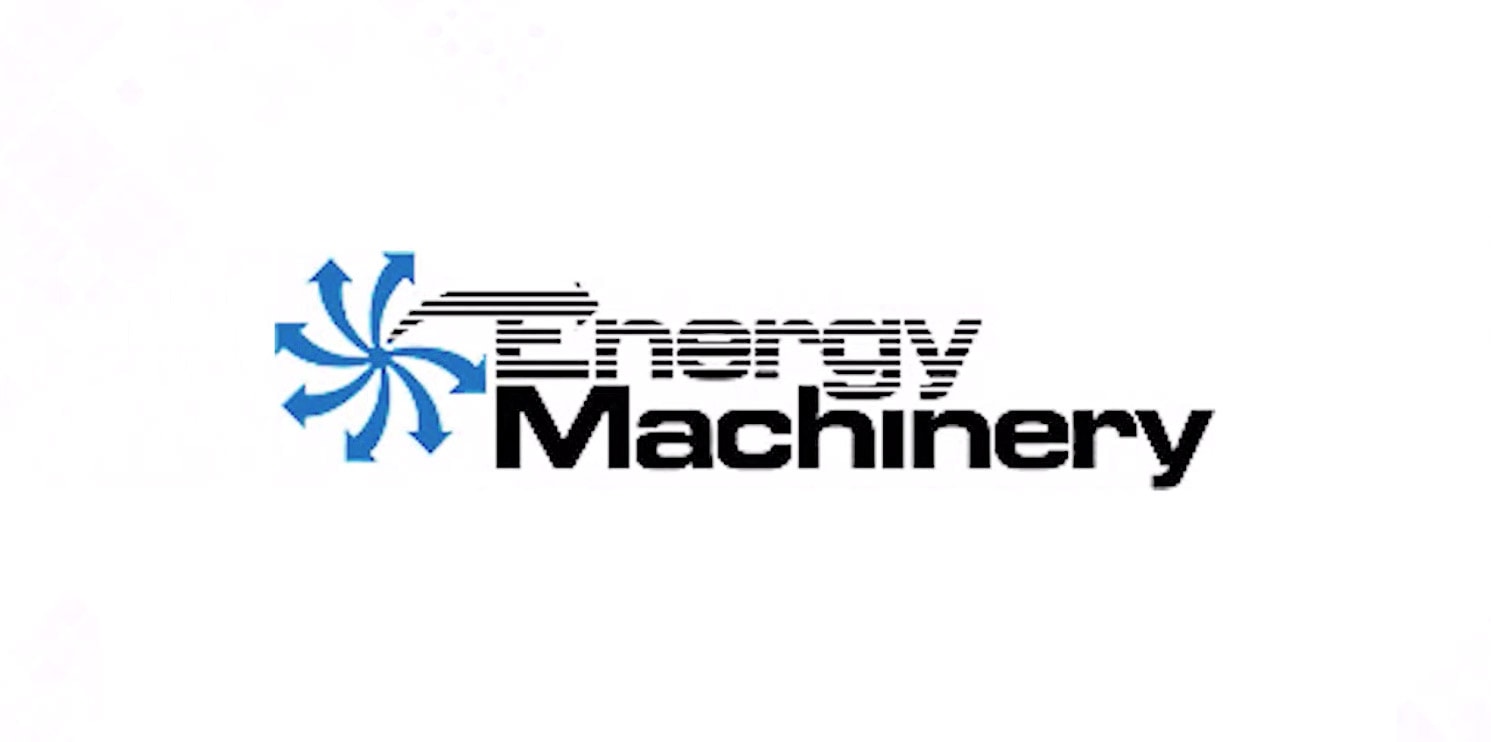Positive Displacement Blower
Positive Displacement Blower
Positive displacement blowers, or rotary blowers, circulate air by pulling a certain volume of gas into the rotary chamber and then pushing it out. Manufacturing and processing facilities use these blowers for a variety of applications, including aeration, vacuum processing, air extraction, and cleaning.
There are multiple types of blowers that can provide some degree of air circulation and displacement, including centrifugal blowers and regenerative blowers. However, it’s important to choose the right blower for different applications and energy use requirements.
How Does a Positive Displacement Blower Work?
Positive displacement blowers have two rotating impellers inside its central casing. These impellers—which can have two or three lobes—spin in opposite directions to force air into the blower and apply pressure to the air. The air enters the inlet side of the chamber, which is at atmospheric pressure and traps the air between two rotating impellers inside the machine. The blower then pressurizes and discharges the air to create circulation. The positive displacement process ensures that air cannot return to the chamber and that the airflow is unidirectional.
These blowers have two key advantages:
- They can move large volumes of air.
- The systems are long-lived and straightforward, with relatively few maintenance demands.
Positive Displacement Blowers vs. Centrifugal Blowers
Both positive displacement blowers and centrifugal blowers force air movement. Whereas positive displacement blowers use impellers and displacement to force pressurized air through an outlet port, centrifugal blowers use kinetic energy to increase the speed of air moving through the unit. The unit then slows the air through a diffuser to convert the energy into static pressure. Facilities commonly reserve centrifugal blowers for ventilation, continuous gas transfer processes, and aeration applications.
Regenerative Blowers vs. Positive Displacement Blowers
Just like with positive displacement blowers, regenerative blowers use rotating impellers to draw air into the unit. Regenerative blowers then use centrifugal forces to accelerate the air and capture it between multiple internal blades. The spinning motion pushes the air from the top to the bottom of the blade configuration. Then, the blower pushes the air out of the unit at high speeds.
Regenerative blowers “regenerate” the air by turning it multiple times and increasing the pressure. These blowers are ideal for environments that need to have oil-free air; the spinning parts are self-lubricating and don’t release oils.
Gardner Denver Positive Displacement Blowers at Energy Machinery
Choosing the right blower type for a given application is essential. Different blowers work best to provide specific levels of pressure or the desired volume of air. Positive displacement blowers can provide a high degree of air volume movement at low-pressure levels. Energy Machinery provides the following positive displacement blowers:
- CycloBlower: These positive displacement blowers deliver efficient, high-quality, and durable performance. They have shock-free compression, maintain a high-energy efficiency rating, and deliver oil-free air.
- DuroFlow: The DuraFlow series of blowers have been used for nearly 50 years. These industrial blowers are durable, have a variety of installation and mounting options, and have multiple subtypes, so you can find the PSI levels that meet your needs.
- 4500 Series: 4500 Series positive displacement blowers are rugged and can handle a wide variety of industrial applications. Each model comes with at-a-glance features and noise reduction options.
Energy Machinery, Inc. has specialized in providing air compression equipment and excellent customer service for over 45 years. We partner with major manufacturers to deliver the units and replacement parts that meet your facility’s requirements. Along with units and parts services, we also offer engineering services such as:
- Energy audits
- Leak detection analysis
- Compressor room analysis, and more.
Contact our team to learn more about our inventory of high-quality parts and to find the units that will fulfill your facility’s air displacement needs. You can also request a quote to start your order today.







